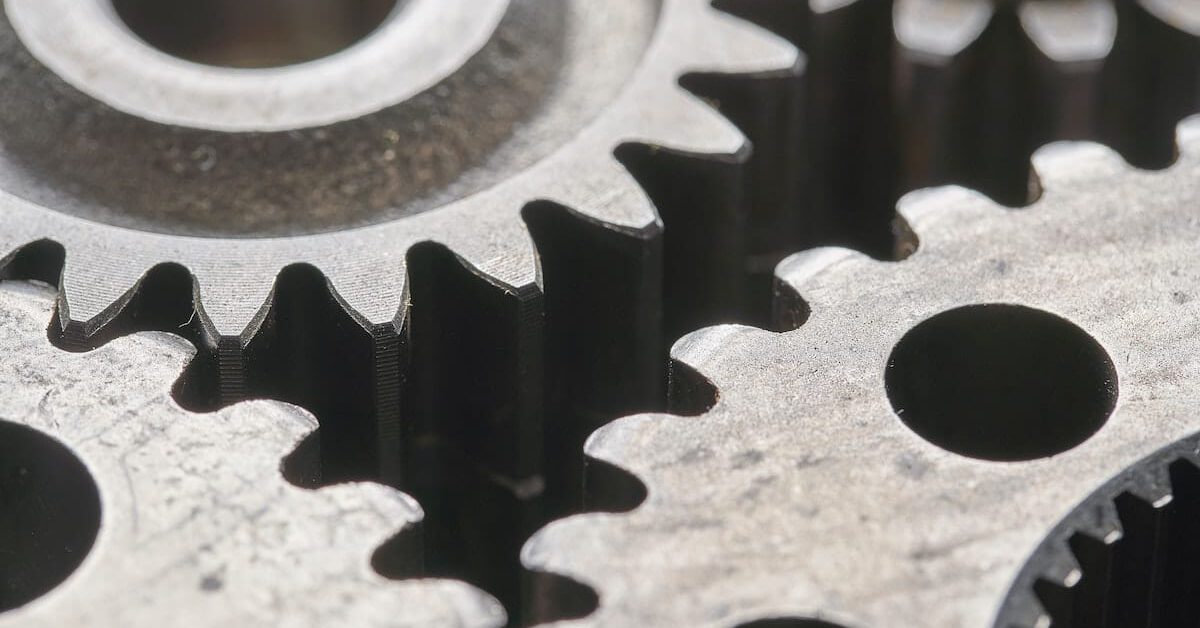
As fleets scale back buying new Class 8 trucks during the current economic crisis, some OEMs are shifting their focus to aftermarket service parts to keep commercial trucks up and running.
The Importance of Dynamic Maintenance of Trucks
Looking back on previous financial crises, the sales of new Class 8 trucks and equipment historically have seen sharp declines. As fleets continue to keep their budgets in check during the current recession, they are looking to extend the life of the trucks they already have, and they are doing that through better service and maintenance practices.
Gary Brooks, chief marketing officer at Syncron, a cloud-based after-sales service solutions provider, explained that during an economic downturn OEMs often use parts and service revenue to offset the decline of truck revenue for new trucks, with many manufacturers shifting their focus to retention from growth.
“Manufacturers are focusing on retaining customers by servicing them and providing what their needs are during these challenging times,” he explained. “That’s when we saw a lot of investment in the aftermarket service parts business.”
Syncron develops software that aims to help OEMs improve the bill rate of their service parts through pricing technology and by collecting Internet of Things (IoT) data from a vehicle or part to maximize uptime.
On the inventory side, Syncron has noticed a shift in the service parts space from “just-in-case” operations to “just-in-time.” The key here, according to Brooks, is balancing the parts network to ensure parts at one dealer can be moved to another as needed.
“As the world begins to use IoT data more efficiently, just-in-time becomes part of the new normal,” he said. “Rather than stocking the part to have it just in case, we can detect by the collection of IoT data that a part on a Class 8 is about to fail, and we can move a part from anywhere in the network around the world in a two-week window. We can perform that repair, maximize the uptime of that piece of equipment, and do it with significantly less inventory.”
Todd Shakespeare, director of parts marketing for Volvo Trucks North America (VTNA), explained that now, more than ever, maintaining a truck is critically important. He, too, suggested using data to transition from preventive maintenance to “dynamic maintenance.” VTNA launched its dynamic maintenance offering, a connected vehicle maintenance service designed in partnership with IoT company Noregon Systems, in September 2019 to ensure trucks are being maintained correctly.
Volvo Trucks has seven parts distribution centers within the U.S. and Canada, which Shakespeare said have “managed to deliver beyond expectations during the COVID-19 pandemic.”
“We are working closely with our suppliers and manufacturing facilities to ensure that the parts supply chain is healthy,” he explained. “Volvo Trucks goes to market through our dealer network, and each and every Volvo Trucks dealer is committed to stocking the parts their customers need in order to keep their Volvo trucks on the road.”
VTNA’s parts and service business is cyclical, meaning it is built to expand and contract as needed, Shakespeare said. However, traditional models did not include a global pandemic, but the lessons learned were still valuable, he added.
“The ability to manage inventory cost and a high level of availability to support our dealers and customers has been critical for us to find our way through this event.,” Shakespeare noted. “Our distribution channel is quite flexible. Originally, we created the ability to bypass a warehouse if it were closed for weather-related issues. This allowed us to still service our customers with no noticeable decline in service. During the current crisis, this functionality will serve us well if we have to close a parts distribution center for any reason (extensive cleaning, as an example).”
As the disruption from COVID-19 has been significant, VTNA dealers have relied on several tools:
The ASIST platform allows Volvo customers to schedule a variety of services for their trucks remotely.
Many Volvo Trucks dealers are Certified Uptime Dealers and during the current crisis, one of the first actions a dealer takes is to diagnose the truck via a Noregon JPRO plug in, which can be done with zero face-to-face interaction between the service advisor and fleet.
Volvo’s SELECT platform is an e-commerce business-to-business parts ordering tool that allows fleets to identify parts, check availability at their local dealer, and place an order 24/7 without needing to physically interact with the dealership.
Dynamic maintenance uses data coming from the truck and is a new tool allows fleets to maintain their trucks when the truck is due for service based on duty cycle.
Paccar Parts, a division of Paccar Inc., is a global distributor of aftermarket parts for heavy- and medium-duty trucks, trailers, buses, and engines. Paccar Parts provides aftersales support to DAF, Kenworth and Peterbilt dealer locations around the world.
Paccar has ensured its dealers continue to have essential parts via its Paccar Parts’ Managed Dealer Inventory (MDI) system. MDI uses software that results in 98%-part availability at any Paccar dealer, the company stated.
“MDI increases a dealer’s parts retail availability and reduces emergency orders, which helps keep customers on the road,” a Paccar Parts spokesperson said. “This streamlining of the supply chain has allowed dealer parts personnel to focus on customer uptime and less time managing their inventory.”
Dealers can order more than 1.4 million parts online through Paccar Parts’ e-commerce system, Online Parts Counter (OPC). In addition, Paccar Parts’ 365 Center provides aftermarket support, delivering roadside assistance, service scheduling, vehicle support, and service event monitoring for fleets.
Supply Chains During the Pandemic
Overall, Brooks explained that parts coming from offshore locations have been delayed and challenging to obtain over the course of the pandemic. However, as businesses return to “normal,” he said the companies that have made investments in technology pre-COVID-19 to optimize their parts supply chain are the ones weathering this storm the best.
This article was published on June 2, 2020. Read the original article, here.